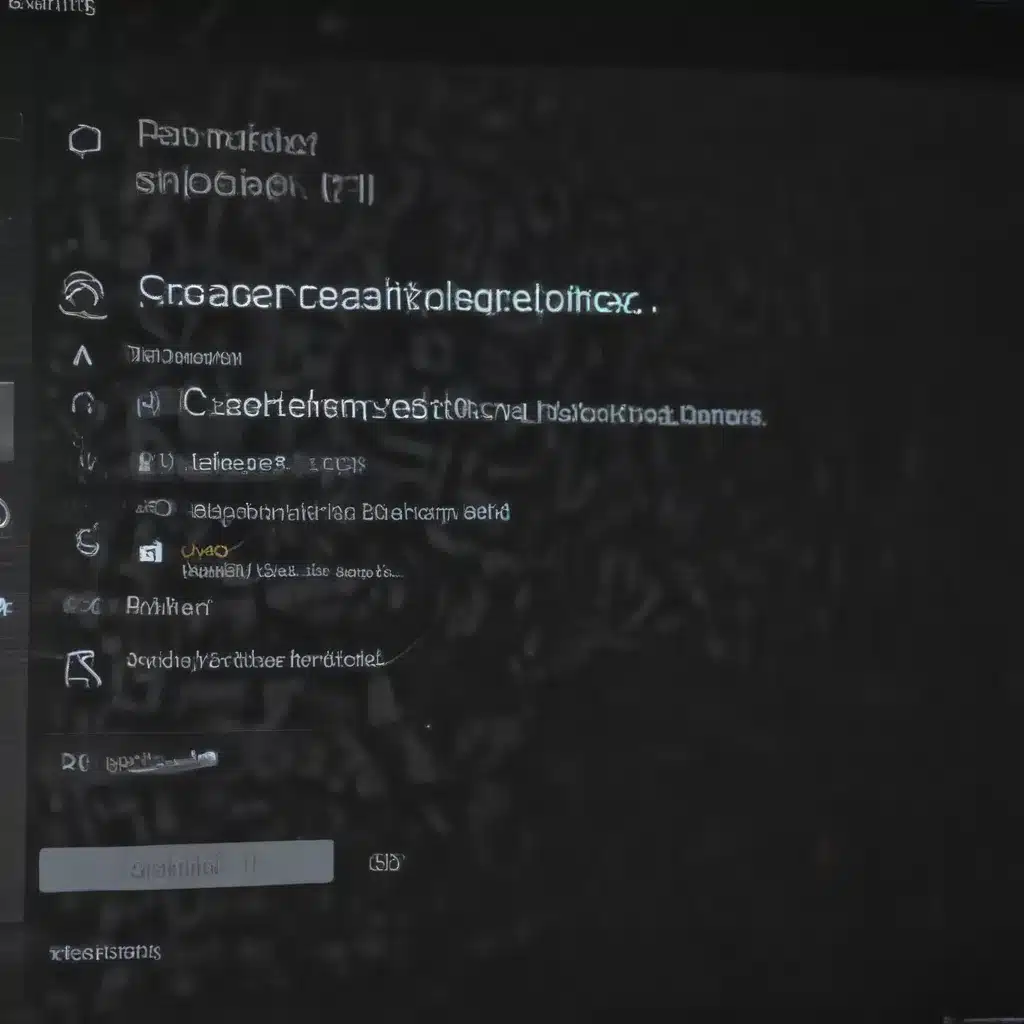Modern computer processors often contain multiple cores that allow them to execute multiple threads in parallel. Multi-core optimization refers to techniques used to make software run faster on multi-core processors by utilizing the multiple cores effectively.
Why Multi-Core Optimization Matters
Multi-core processors have become ubiquitous in personal computers, servers, and mobile devices. For example:
-
Most modern desktop and laptop computers have multi-core CPUs with 2, 4, 6, 8 or even more cores.
-
Servers often utilize processors with large numbers of cores, like 16, 24, or 32.
-
Even smartphones and tablets now come with multi-core mobile processors.
To benefit from all the cores in these processors, software needs to be designed to divide work across multiple cores so they can operate in parallel. Multi-core optimization aims to maximize parallelism and fully utilize all available cores. This can provide significant performance and efficiency improvements.
Some key benefits of proper multi-core optimization include:
-
Faster processing – By splitting work intelligently across cores, the overall processing throughput can be increased.
-
Better resource utilization – Multi-core CPUs are wasted if software only uses one core. Parallelizing across cores improves hardware utilization.
-
Energy efficiency – Multi-threaded software may be able to get work done faster and allow the CPU to spend more time in lower power states.
-
Scalability – Multi-core optimized code can take advantage of more cores as CPU core counts increase in the future.
Challenges of Multi-Core Optimization
However, designing software to make effective use of multiple cores involves overcoming some challenges:
-
Identifying parallelizable work – The software must have work that can be divided across cores and executed independently in parallel.
-
Synchronization – Cores may need to coordinate access to shared data structures or hardware resources, requiring synchronization primitives like mutexes.
-
Data sharing – When parallel threads share data, strategies like thread-safe containers and message passing must be used.
-
Resource contention – Cores competing for limited hardware resources like caches or memory bandwidth can impair performance.
-
Testing and debugging – Bugs that arise from race conditions tend to be much harder to reproduce and fix in multi-threaded code.
Multi-Core Optimization Strategies
Here are some key optimization strategies used in multi-core programming:
Task Parallelism
With task parallelism, distinct tasks or work items are identified that can execute independently in parallel across cores:
-
Example: A build system compiling multiple source files simultaneously.
-
Approach: Use thread pools and task queues to schedule tasks to available worker threads.
Data Parallelism
Data parallelism focuses on distributing pieces of data across cores:
-
Example: Processing each pixel in an image in parallel.
-
Approach: Divide data into chunks for different threads. Use thread-safe containers.
Pipeline Parallelism
A pipeline workflow is broken into stages executed in parallel:
-
Example: A rendering pipeline with stages for geometry, shading, rasterization, etc.
-
Approach: Use queues and hand-off between pipeline stages.
Avoid Shared State
Shared mutable state is often a scaling bottleneck:
- Strategy: Favor thread-local state. Use message passing to share data.
Limit Synchronization
Excessive synchronization hampers parallelism:
- Strategy: Identify critical sections. Batch synchronized blocks.
Load Balancing
Uneven work distribution leaves some cores idle:
- Strategy: Dynamically schedule work to threads. Divide data/tasks evenly.
Exploit Data Locality
Accessing remote data impacts performance:
- Strategy: Arrange data to utilize processor caches effectively.
Profile and Measure
Profile on representative multi-core hardware:
- Strategy: Identify scaling bottlenecks. Confirm utilization of all cores.
With careful analysis and parallel programming techniques, major performance and efficiency gains can be realized on today’s multi-core processors. The strategies outlined here provide a starting point for optimizing modern software to fully leverage multi-core computing power.













